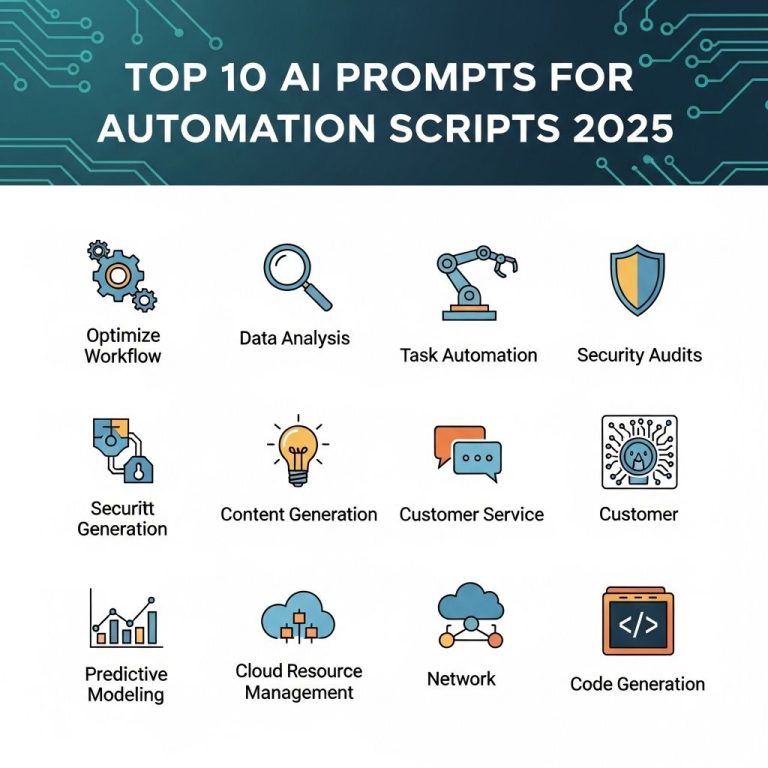As we move deeper into the 2020s, the realm of artificial intelligence is undergoing rapid transformation, particularly in the area of sentiment analysis. This technology has evolved significantly, providing businesses and organizations with invaluable insights into consumer behaviors and opinions. With advancements on the horizon for 2025, understanding AI sentiment tools is crucial for anyone looking to leverage data effectively.
Understanding Sentiment Analysis
Sentiment analysis is a subfield of natural language processing (NLP) that focuses on assessing the emotional tone behind a series of words. This technology enables computers to interpret and categorize opinions expressed in text data. It plays a vital role in various applications such as:
- Market research
- Brand monitoring
- Customer service optimization
- Political analysis
The Evolution of AI Sentiment Tools
From Basic Algorithms to Advanced Models
In the past, sentiment analysis relied on basic algorithms that typically utilized keyword matching and predefined dictionaries. However, the advancements in machine learning and deep learning have transformed this field. Current AI sentiment tools employ sophisticated models that can understand context, sarcasm, and even cultural nuances.
Key Components of Modern Sentiment Analysis
Modern sentiment analysis tools harness various technologies and methodologies. Major components include:
- Machine Learning: Algorithms that learn from data and improve over time.
- Deep Learning: Advanced neural networks that can analyze complex patterns in large datasets.
- NLP: Techniques that allow machines to understand human language at a deeper level.
The Future Landscape of Sentiment Analysis in 2025
As we approach 2025, several trends are expected to shape the future of sentiment analysis:
1. Enhanced Contextual Understanding
AI tools will increasingly leverage contextual data to provide more accurate sentiment interpretations. This includes:
- Improved understanding of idioms and slang
- Integration of user demographics to refine sentiment interpretation
- Real-time sentiment tracking across multiple channels
2. Multimodal Sentiment Analysis
Sentiment analysis will expand beyond text analysis. Multimodal tools will evaluate sentiments through:
| Data Type | Description |
|---|---|
| Text | Analysis of written content |
| Audio | Voice tone and pitch analysis |
| Video | Facial expressions and body language |
3. Democratization of Sentiment Analysis Tools
In 2025, we can expect sentiment analysis tools to become more accessible to smaller businesses and individuals. Innovations that may contribute to this include:
- User-friendly interfaces
- Open-source frameworks
- Affordable subscription models
Key Players in the AI Sentiment Analysis Market
Several companies are at the forefront of developing cutting-edge sentiment analysis tools. Here are some notable ones:
1. IBM Watson
IBM Watson’s sentiment analysis tool offers deep insights through its natural language understanding capabilities, making it a popular choice for enterprises.
2. Google Cloud Natural Language
This tool provides powerful sentiment analysis as part of a broader suite of AI and machine learning services, ideal for large-scale analytics.
3. Microsoft Azure Text Analytics
Microsoft’s solution combines sentiment analysis with other text analytics features, allowing for comprehensive data insights.
Integrating Sentiment Analysis into Business Strategy
In order to harness the full potential of AI sentiment tools, businesses need to integrate these insights into their strategic decisions. Here are some steps to consider:
1. Define Clear Objectives
Before implementing sentiment analysis, it’s crucial to establish specific goals:
- What customer insights are most valuable?
- How will these insights inform marketing strategies?
2. Choose the Right Tools
Evaluate the various sentiment analysis tools available and select one that aligns with your objectives, budget, and team capabilities.
3. Train Your Team
Educate your team on how to interpret and leverage sentiment analysis results effectively. Consider training programs and workshops.
Challenges and Ethical Considerations
While the advancements in sentiment analysis are promising, there are challenges and ethical considerations to keep in mind:
1. Data Privacy
With growing concerns over data privacy, businesses must ensure they handle user data responsibly and transparently.
2. Misinterpretation Risks
Even advanced AI models are not foolproof. There is always a risk of misinterpreting sentiments, especially with ambiguous or sarcastic language.
3. Bias in AI
AI systems can be biased based on the data they are trained on. Continuous monitoring and adjustment are necessary to minimize this risk.
Conclusion
As we look forward to 2025, the evolution of AI sentiment analysis tools presents exciting opportunities and challenges. By understanding these tools and integrating them thoughtfully into business strategies, organizations can gain deeper insights into consumer sentiments, driving better decision-making and fostering stronger connections with customers. It is imperative to navigate the landscape carefully, considering both the capabilities and limitations of AI technologies.
FAQ
What are AI sentiment tools?
AI sentiment tools are software applications that use artificial intelligence to analyze and interpret the emotions and sentiments expressed in text, helping businesses understand customer opinions and feedback.
How can AI sentiment tools benefit my business in 2025?
In 2025, AI sentiment tools can provide real-time insights into customer emotions, enhance brand reputation management, improve customer service, and drive data-driven marketing strategies.
What industries can benefit from AI sentiment analysis?
Industries such as retail, finance, healthcare, and hospitality can benefit significantly from AI sentiment analysis by gaining deeper insights into customer satisfaction and preferences.
Are AI sentiment tools accurate in their analysis?
While AI sentiment tools can offer high accuracy rates, their effectiveness depends on the quality of the training data and algorithms used. Continuous updates and improvements are essential for maintaining accuracy.
What features should I look for in an AI sentiment tool in 2025?
Key features to look for include multilingual support, real-time analysis, integration capabilities with existing systems, and advanced machine learning algorithms for improved sentiment detection.
How do AI sentiment tools handle sarcasm or irony?
Advanced AI sentiment tools employ context-aware algorithms that can better detect sarcasm or irony by analyzing the surrounding text, but challenges still remain in accurately interpreting nuanced language.




